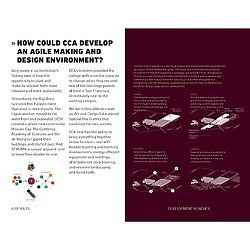At an education panel held in Brooklyn last summer, Cornell Dean Kent Kleinman compared the new Jacobs Technion-Cornell Institute on New York City’s Roosevelt Island to an artist’s or designer’s studio. “It lacks walls,” he said. “It’s a flexible space that allows project-specific teams to form and disintegrate. Play is a mode of work and the studio is the place for it. The notion of an enclosed office or classroom is minimized in favor of studio culture in its true, playful mode.”
What’s happening on Roosevelt Island is emblematic of changes afoot in education at every level. It reflects the priority that universities and schools give today to supporting individual and collaborative learning—and their conviction that learning itself is a lifetime proposition.
LEARNING AS A TEAM SPORT
The emphasis on serious play means that “universities are even looking to kindergarten for inspiration,” says Mark Thaler. “A drove of young kids learns to share, to work together at team tables, and to gain a holistic understanding of the concepts. Traditionally, schools didn’t build on that, but higher education is asking how to stretch that experience into adulthood.”
“Schools personalize their programs to support the autonomy of learners and address the full spectrum of learning styles,” says Ashley Marsh. For Summit Public Schools, the middle schools and high schools it runs in California show that this approach can be achieved in a public school context. “A core team at Summit tailors California’s required curriculum to the needs of individual students. This lives on a shared digital platform, which frees the teachers to serve as mentors or coaches, interacting one-on-one with students,” she says. For its pioneering work, Summit won a $10 million XQ Super School Award from Laurene Powell Jobs’s Emerson Collective Foundation.
Summit shows how a guide-on-the-side teaching approach uses technology as a liberating tool. “For a while, schools were in a technology arms race,” Thaler notes. “Now they first consider what they want students to learn, then ask how technology supports that. With the spread of personal smart devices, having great broadband Wi-Fi is the top technology priority for most schools.”
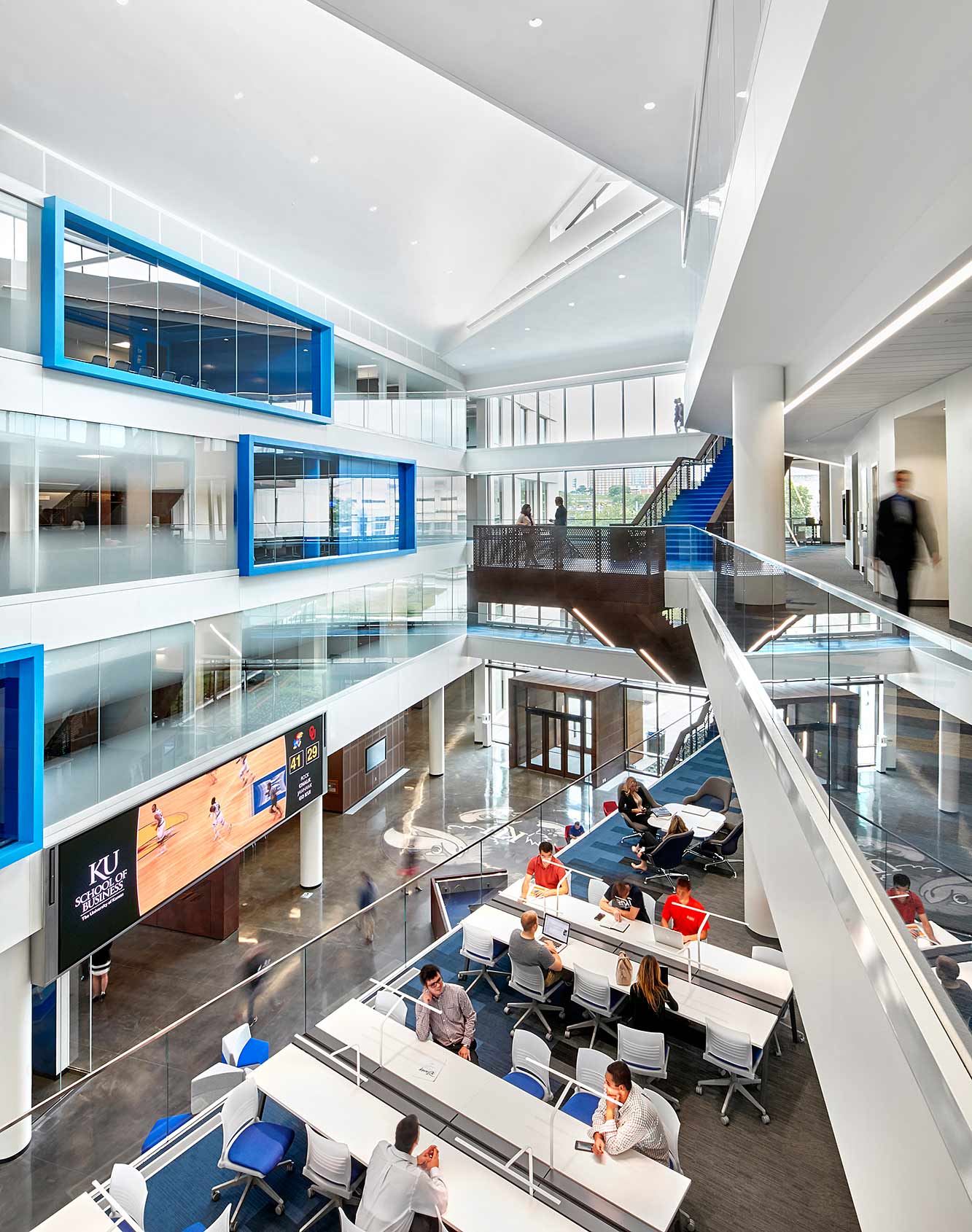
LEARNING ACROSS BOUNDARIES
Fertile crossovers from other fields are reshaping the learning experience. Incubators, maker spaces, and art studios are among the inspirations. “Places where you’re not afraid to make a mess, reinforcing the idea that even failure—trying really hard but coming up short and learning from it—is accepted practice,” says David Broz. It’s also about the value of unmediated, hands-on engagement—“direct real-world experience,” as Thaler calls it.
Patricia Nobre points to a series of projects she and her colleagues have led in the UK, Latin America, and the Gulf that apply the “balanced learning” approach put forward by educational reformer David Thornburg. The latest is the Eastwood Academy in Doha, Qatar. Embracing Thornburg’s model of interactive, experience-based learning, the new school dispenses with hallways and reimagines the classroom as “a learning environment that is highly customizable so students can engage with it,” Nobre says.
The University of Kansas School of Business also sees its new building as a place where learning can occur anywhere: outside of classrooms, where professors and students can keep talking after class; and in open and collaborative spaces, familiar elements of the innovation-focused workplace. As Gensler’s research shows, people’s creativity and productivity improve when they have real options about where, when, and how they work. This applies equally to university and high school students.
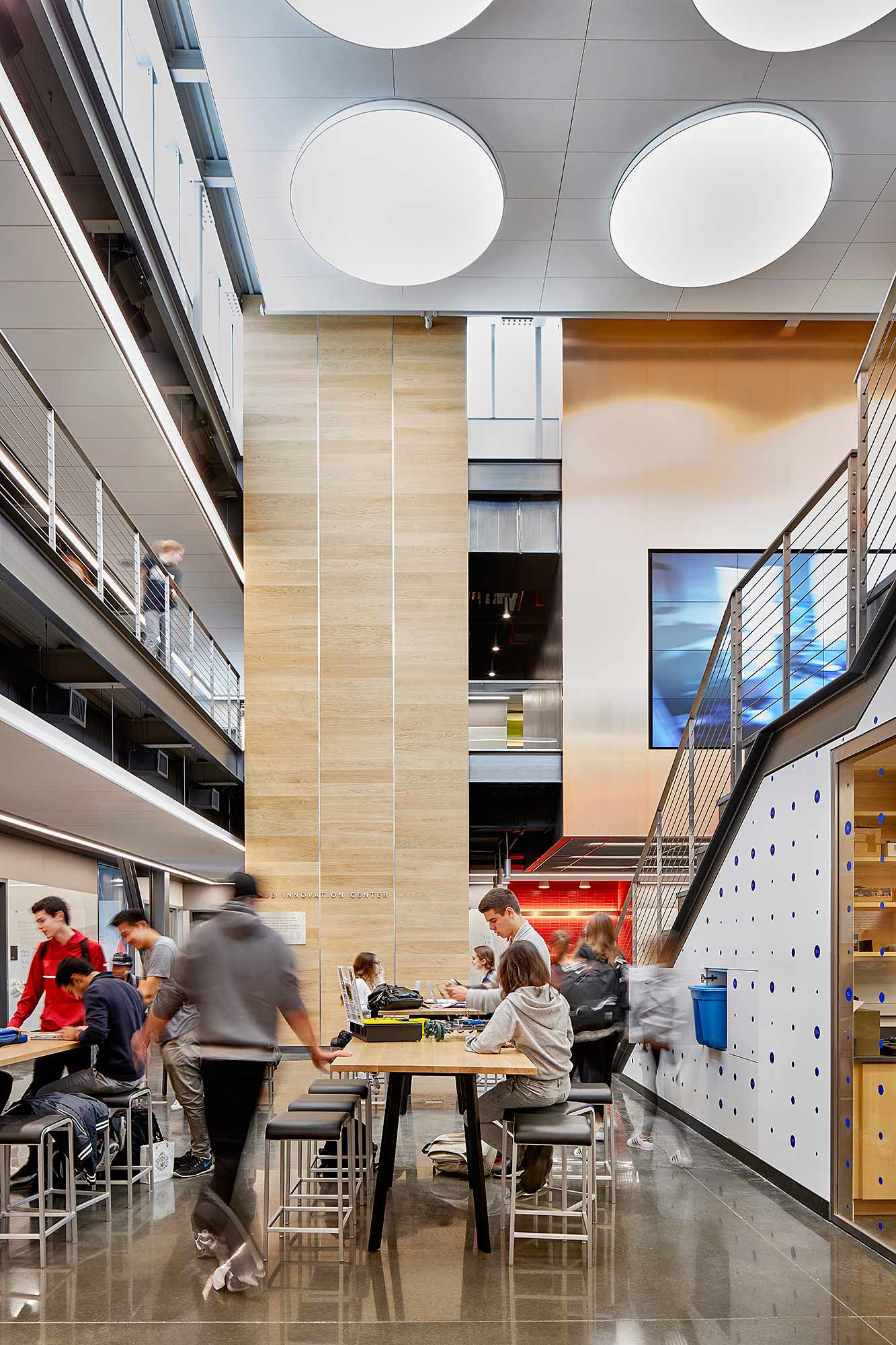
The Hajjar STEM Center at New Jersey’s Dwight-Englewood School is another example. This private high school developed its curriculum and design in tandem—a push and pull that produced something new while encouraging the school to keep on evolving.
The walls in the STEM Center’s circulation zones are back-painted glass writing surfaces. “You see the students working out problems ‘at the glass’—there’s educational graffiti all over those analog walls,” Thaler says. The learning spaces are clustered around what he compares to a big front porch or a plaza. “With the doors open, it becomes completely different,” he adds. “Everyone breaks out into the central space for team projects, giving students access to faculty and peers.” The infusion of maker space is bringing work-in-progress into the open. The robotics club’s workshop is visible through a glass wall in the central atrium space. “Few students knew about the club. Once they could look in, seeing people working on robots, its membership tripled,” Thaler explains.
There’s a growing consensus in education that the mastery of new skills is an economic necessity. “The challenge is to train people for jobs that may not even exist yet and for problems we may not even know about,” says Thaler. That means learning to think critically and to work collaboratively across disciplines. Teachers are “guides on the side,” who help students discover their own learning processes. Factual knowledge is at every student’s fingertips, so educators and schools are focused on learning experiences and the places that support them.
Exposing the different experiences, settings, and influences to one another is a conscious goal. As learning crosses these modes and spaces, it becomes more personal, applicable, and socially relevant to students. The Foisie Innovation Studio and Messenger Residence Hall at Worcester Polytechnic Institute shows how old delineations are blurring. Located at the intersection of the academic and residential zones of the campus, the building is penetrated by a primary circulation route, the Link, which gives wide exposure to the interdisciplinary, collaborative work taking place inside. In addition to the maker space, robotics lab, active learning classrooms, and entrepreneurship suite on the lower floors, the top three floors house 140 dorm rooms—creating a rich programmatic mix.
RELEARNING TO VALUE PLACE
The advent of massive open online courses (MOOCs) and other tech-enabled, web-delivered learning sparked speculation that brick-and-mortar learning places were no longer needed. The reality is more typically a hybrid approach, as high school and university facilities cater to students’ facile blending of the digital and the physical interfaces. “How and where will your students thrive?” has become the essential question. With lectures moving to the web, physical space is increasingly devoted to group learning.
This very approach is being tested at MIT’s Center for Transportation and Logistics. The center’s blended master’s program begins online as a MicroMasters credential, reaching students all over the world. But those same students finish their degrees on the MIT campus, where they can work collaboratively with professors and peers. The program is designed from the outset to combine two different modes of learning. The on-site component of it is focused specifically on those parts of the student experience that really demand being together in one place.
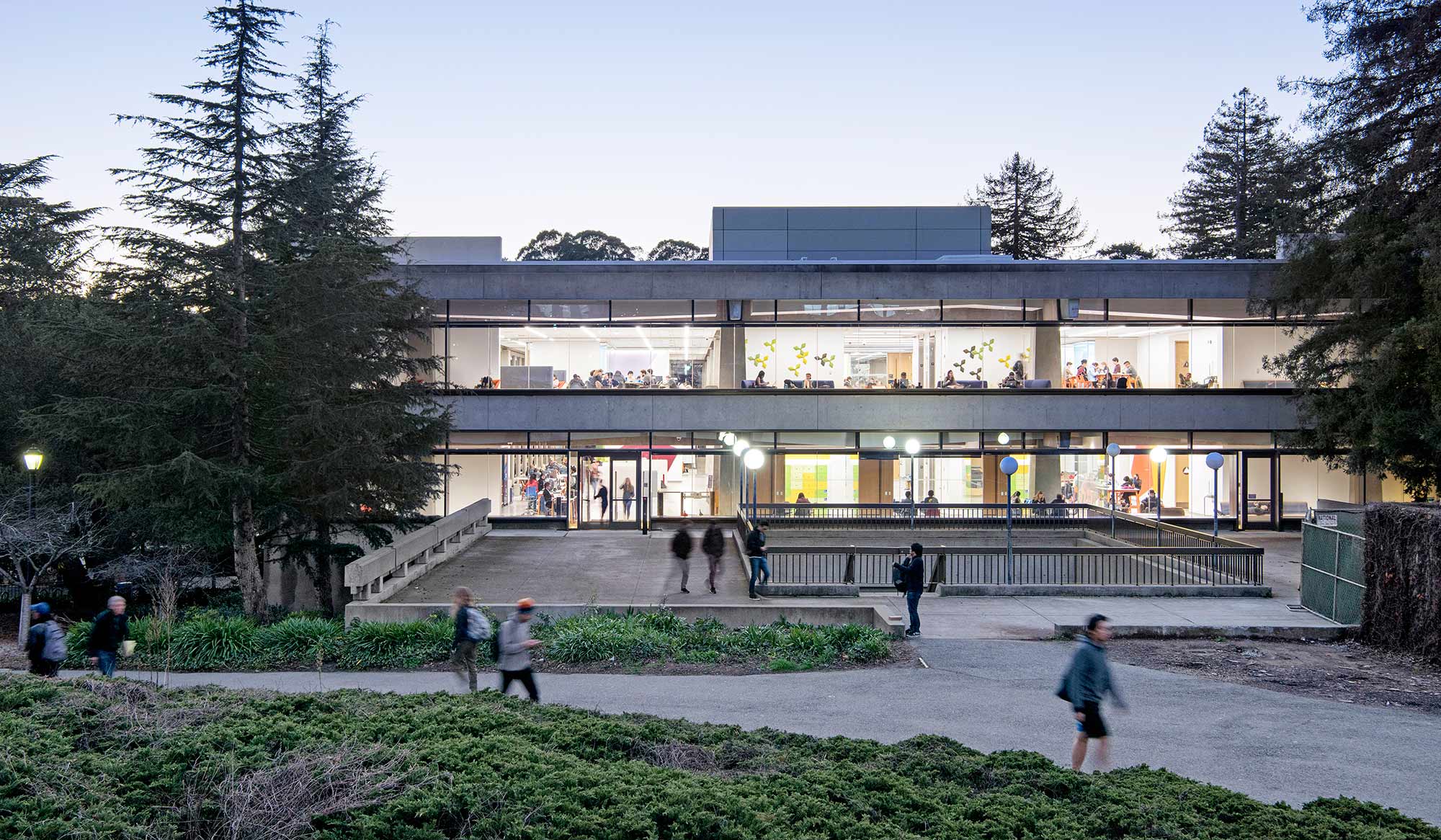
Renovating UC Berkeley’s late-1960s Moffitt Library addressed the need for transparency and for supporting both independent and collaborative work in the context of a damaged building. Designed originally as a terraced, glass-walled pavilion, the building had gone through seismic upgrades and other alterations that crimped flexibility and blocked light and views. Tasked with creating “a place for thinking” on two of Moffitt’s five stories, Melissa Mizell and her team restored an expansive balcony view of the campus’s Central Glade. “It makes the students feel like they’re outside,” she says. “Each floor has lots of in-between spaces, so they’ll discover one that fits their needs of the moment.” The primacy of the student experience led the library to forgo some old rules, Mizell adds. “They allow food and beverages in the space—a huge gift.” It acknowledges that eating while working is part of the contemporary lifestyle.
LOOKING FOR PARTNERS
Another growing trend in education is to form partnerships with industry. In Boston, General Electric is leading the way with its new Innovation Point campus. Brilliant Career Lab, a sophisticated maker space on the campus, will host Boston Public Schools’ classes for STEM-based learning. Through the federal pilot program EQUIP—Educational Quality through Innovative Partnerships—Northeastern University students can earn an accelerated bachelor’s degree in advanced manufacturing that includes credit awarded for completion of industry-related experiences at GE, with later expansion to broader industry.
In finding new partners and exploring new models, education at all levels hasn’t lost sight of its core purposes. Like their students and researchers, educational institutions give equal value to the solo and the collaborative dimensions of learning. That its places and occasions are now literally everywhere, all the time, is a powerful spur toward change. “The goal is to advance that narrative,” Thaler says. “Educators are looking to architects to crack the box open.”
WRITER
Sarah Amelar is a contributing editor at Architectural Record. Her articles have appeared in the New York Times, Los Angeles Times, Metropolis, and Dwell.

David Broz
Chicago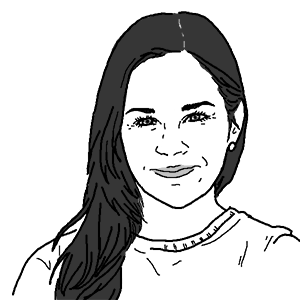
Ashley Marsh
San Francisco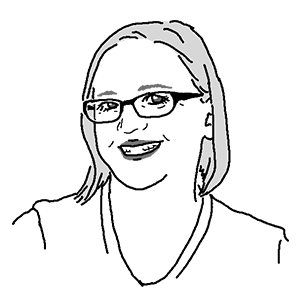
Melissa Mizell
Tokyo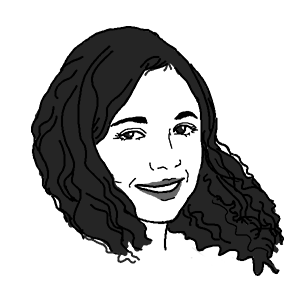
Patricia Nobre
Boston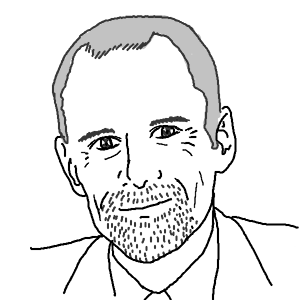
Mark Thaler
New York






